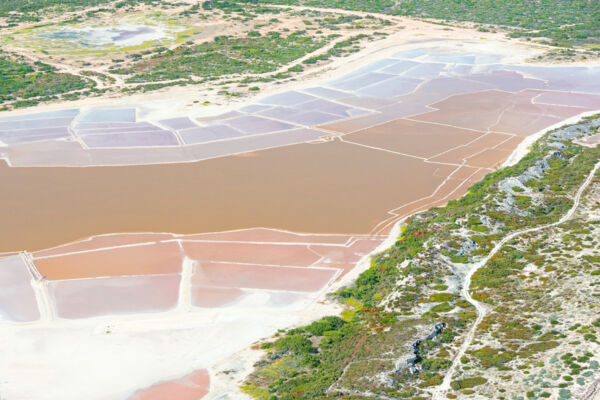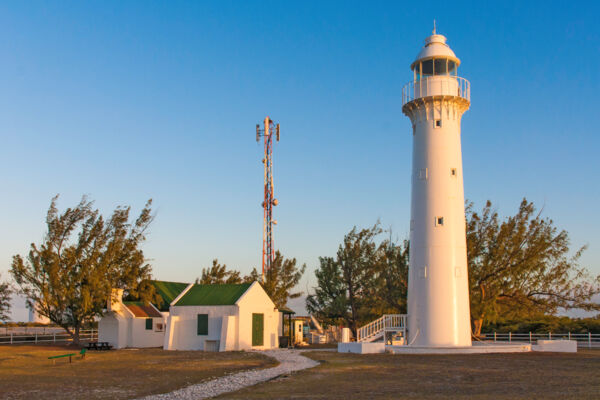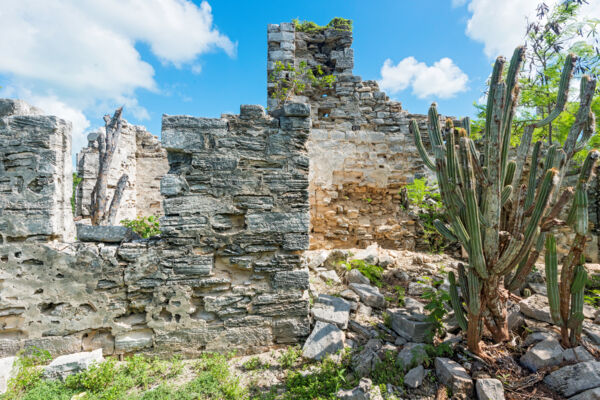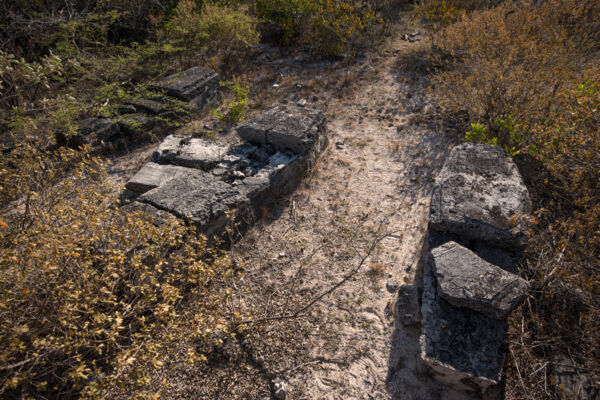Turks & Caicos Historical Sights & Attractions













The historic attractions in the Turks and Caicos can generally be split into two groups: the salt industry remnants on Grand Turk, South Caicos, and Salt Cay, and the plantations of the Caicos Islands (which include West Caicos, Providenciales, North Caicos, Middle Caicos, East Caicos, and South Caicos).
White Gold—the Sea Salt Industry
The salt-producing islands have expansive natural seawater ponds, many of which were developed in varying degrees to facilitate the rapid evaporation of seawater.

It’s known that prehistoric Taino natives would travel to the Turks Islands to gather the naturally accumulating sea salt, as did early European explorers. By the end of the 1600s, the Bermudians began to seriously establish the industry.
The system of salt production became more sophisticated over time, with dividing walls in the salinas to split up different levels of brine, gates to control input from the ocean, and windmills to pump water between ponds. This allowed for efficient evaporation and at the height of production about 800 acres (324 hectares) of salt ponds were worked over the three islands.
Due to the larger populations and economical income that salt exports afforded, small towns grew on the three salt islands, with architecture based on the British Bermudian Colonial style.
Cotton and Sisal Plantations

The larger and greener Caicos Islands supported a different kind of industry: cotton and sisal planting. The ruins and historical sites on these islands almost entirely consist of plantations, with field walls, buildings, and support structures. The plantation islands never had the populations or civil buildings that the salt islands had.
Providenciales, North Caicos, and Middle Caicos each have a plantation that has been developed to a limited degree so as to allow for tourism.
Ruins of many plantations are spread over Providenciales, West Caicos, North Caicos, Middle Caicos, and East Caicos, yet have been largely reclaimed by the persistent vegetation.
Evidence of the pre-Columbus Taino peoples does exist at a few locations in the Turks and Caicos, yet these features tend to be quite limited in scope and are typically found in the most remote regions of the country. There is no Taino historical site developed for tourist access in the country.
Cave Earth

Another interesting yet short-lived industry that took place in the Turks and Caicos was bat guano cave earth mining.
In the late 1800s, Conch Bar Cave and Indian Cave on Middle Caicos, and several cave systems on East Caicos were the site of this activity, and the material was largely exported to sugar cane growers in the Caribbean.
A small-scale rail network, complete with causeways where needed, was built on the western half of East Caicos. Donkeys were used to pull the rail carts, and descendants of these animals still roam on the uninhabited island.
U.S. Military and Coast Guard Bases
Although not established attractions, the more recent Grand Turk's US Navy NAVFAC 104 Base (1952) and the South Caicos U.S. Coast Guard LORAN Station (1959) are interesting. Both have been abandoned for several decades and today the remains are mainly empty buildings and large rainwater collection areas.
